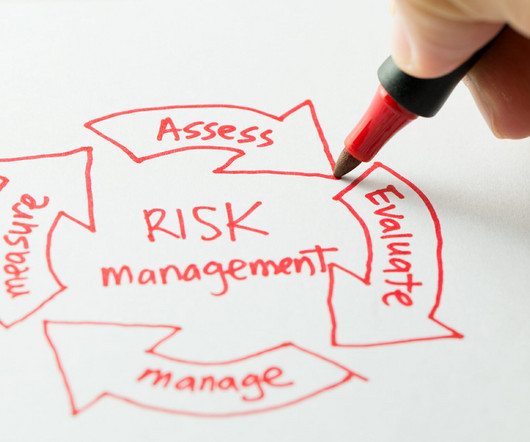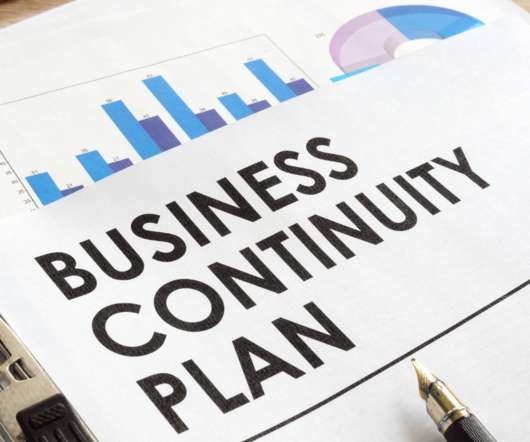A Resilience Charter
Emergency Planning
MARCH 23, 2022
Safety’ refers to protection against major hazards such as storms, floods and industrial explosions. At all levels the system must be integral, robust and complete. All levels of public administration should be required to produce emergency plans and maintain them by means of periodic updates. Plans should be networked.





















Let's personalize your content